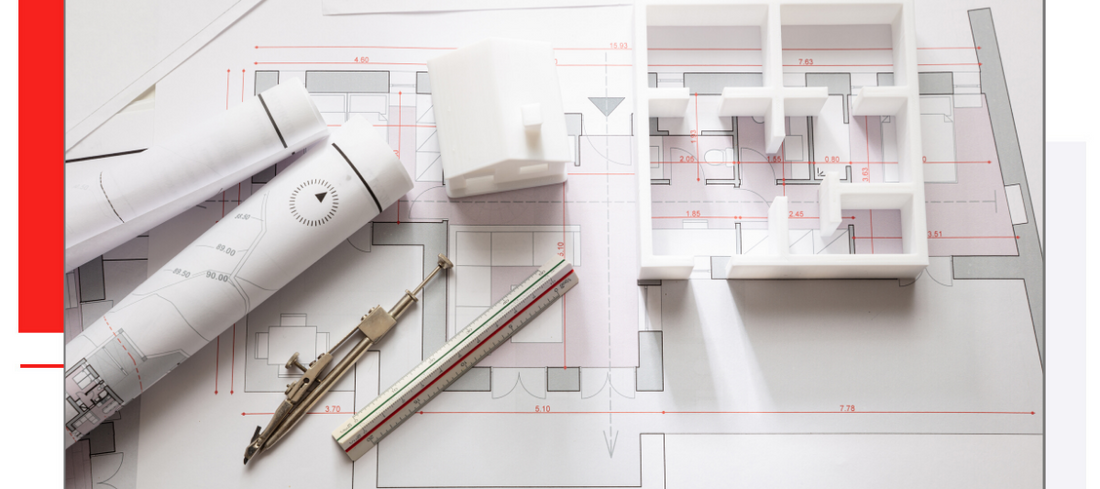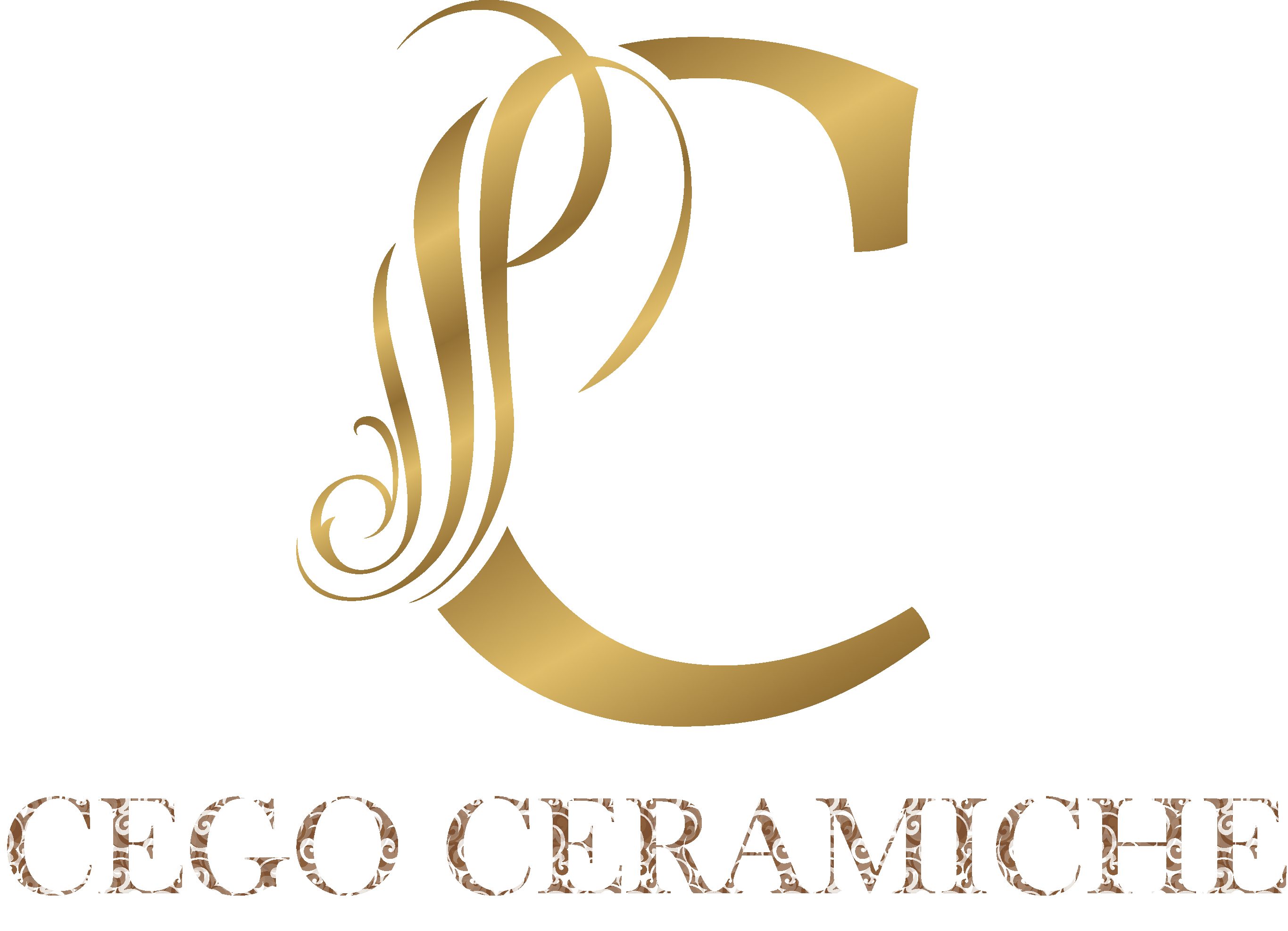
How to calculate the quantity of tiles to order
Estimating the Quantity of Tiles Needed Before purchasing tiles for floor or wall renovation, it is crucial to determine the exact quantity needed. This step is essential to have an accurate estimate of expected expenses. Measuring the square meters of the area affected by the intervention is the first step. Additionally, we'll delve into how to estimate the number of extra tiles to include in the quote, depending on your specific project.
Measurement and Calculation for Floors and Coverings In the absence of an updated plan of the property, it is possible to carry out the measurement of the surfaces independently. For this, you need a squared notepad, a pencil and a tape measure, preferably with a minimum length of 5 metres. By drawing the environment on a notepad, you can easily calculate the surfaces using basic geometric formulas, such as multiplying length by width to obtain square meters.
Calculation for Extra Cladding and Tiles The process extends to vertical walls, where the height and extension of the covering must be established. Modern trends tend to limit coverings to functional spaces only, such as kitchens or bathrooms. In the case of the bathroom, it is important to consider daily use and the need for a waterproof and easy-to-clean coating. Measurements must exclude areas occupied by doors and windows to obtain an accurate estimate.
Determining the Necessary Waste An important factor in calculating tiles is the waste, that is, the extra quantity needed to cover the waste due to cutting or processing. The percentage of waste depends on the installation pattern, the size of the tiles and the characteristics of the environment. For example, for regular environments with medium-sized tiles, a 10% waste may be sufficient. However, in cases of irregular spaces or complex poses, it may be necessary to increase this percentage.
Calculation of Skirtings Finally, for the skirtings, the measurement of the walls will determine the necessary length. Adding 10% as a reserve is generally adequate, increasing to 20% in the presence of curved walls or special processes.
